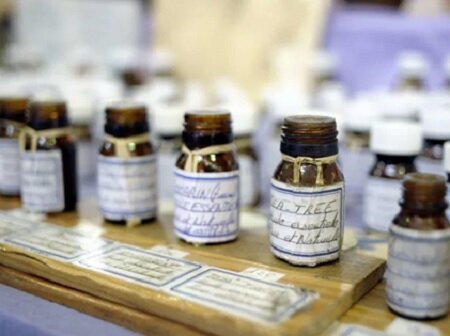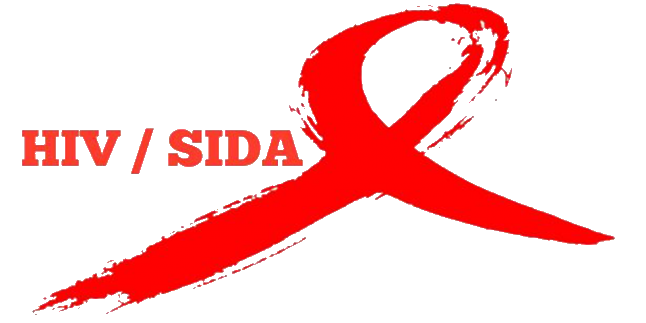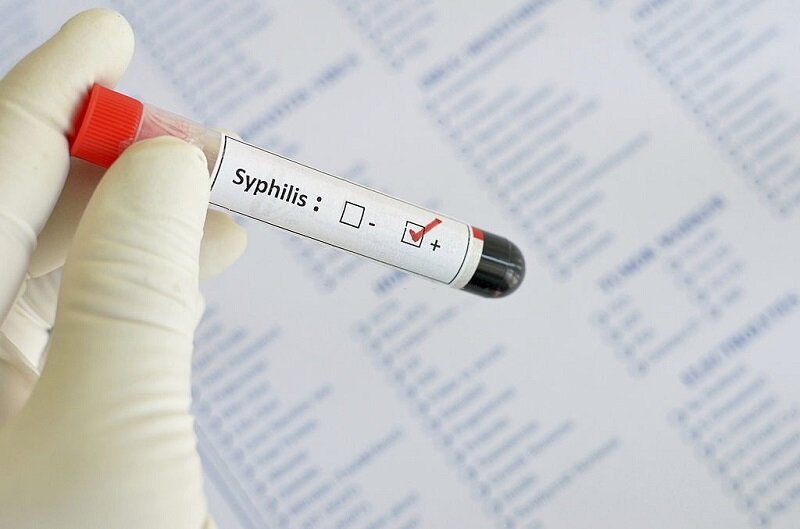HIV/AIDS is taking the lives of many people around the world. There are many treatments researched to cure the disease. Apart from the prescribed medication, using essential oils can enhance the process.
Aromatherapy is a complementary and alternative therapy that uses various methods to treat and care for some typical health issues. The key feature of this form of remedy is the expert application of essential oils in relevant chronic and fatal illnesses.
This is a method without practicing any physical pain, so it is easier and more applicable at home. Our article below will focus on the potential use of essential oils to support HIV/AIDS treatment and show you where to buy best essential oils and easy essential oil recipes for diffuser.
Basic Information About Essential Oils And Its Application On HIV
1. Essential Oils: Definition And Usages
Essential oils are compound substances extracted from flora. And each plant has a specific taste and scent called “essence”. Based on these characteristics, every essential oil has a different aroma from the others.
To make the oils, people will distill the plant to get the essence through steam or water. Later, combining the extract with a carrier oil gives the final product.
The scent molecules from the essential oil will get into the brain through the olfactory nerves and affect the brain’s emotional center. The remedy can also be applied to the skin by massaging to absorb the flora extract into the skin.
There are many health benefits when using aromatherapy. Since it impacts the nerves and carries antioxidants, its functions are to reduce stress and slightly strengthen the immune system. This remedy is usually used to aid mental illnesses, such as depression, anxiety, insomnia and prevent certain diseases like cancer.

The Extract From Plants In The Oil
2. How Aromatherapy Supports HIV Cure?
Patients who suffer from illnesses or syndrome like HIV/AIDS can use essential oils to improve the healing process. Aromatherapy is an effective way to build up a stronger immune system directly.
Furthermore, it can aid their psychological and emotional levels. Since HIV patients may get tension and pain due to the treatment, this therapy keeps a key role in making them feel relaxed.
Using essential oils can approach their feeling factor and ease the negative emotion such as anger, worry, scare, etc. In general, applying aromatherapy helps the patients cope with the side effects in treatment or the disease symptoms.
Aromatherapy targets the patient’s body and the sense of smell to boost the cure and improve well-being. An appropriate essential oil in the therapy must contain antiviral properties. And some oils with a high density of antiviral characteristics are Cinnamon oil (Cinnamomum Verum), Thyme oil (Thymus vulgaris) and many more.
Since HIV breaks down the body’s immune system, patients are vulnerable and have to suffer from opportunistic infections and diseases. The immune-enhancing and anti-inflammatory properties of the oils helps decrease swelling, pain and strengthen the immune system.
Whenever a person comes down with a disease, inflammation is the cause. Soothing the swelling by essential oils can bring about a better state of health.
There are many methods to slow down the symptoms, ranging from mental aids and stress-relieving practice with the help of oils through ways such as baths, massages, mood improvement, etc.
However, patients still have to strictly follow the prescription given by doctors as the therapy only assists the process but cannot alter the proper treatment completely. Patients should have a check-up regularly at the hospital to update their HIV status.

A Method Of Applying Essential Oils Through The Skin
3. Oils Used For Treatment
As mentioned above, there are certain essential oils suitable for HIV therapy. developing the immune system, consider some kinds of oils such as: Geranium oil (Pelargonium sidoides), Manuka oil (Leptospermum scoparium), Black pepper oil (Piper nigrum), Tea Tree oil (Melaleuca alternifolia), Rose oil (Rosa damascene, Rosa centifolia), Eucalyptus oil (Eucalyptus radiate), etc.
These types contain a high antioxidant rate to lessen the swollen parts and help patients strengthen from the inside.
For relaxing purposes and relieving tension, we use the oils with a pleasant scent, usually have fruit or flower note like:
Bergamot oil (Citrus bergamia), Violet leaf oil (Viola odorata), Grapefruit Oil (Citrus x paradisi), Jasmine oil (Jasminum officinale), etc.
These scents have been documented to have positive effects on HIV patients. And it will be better if you contact an aromatherapist beforehand and ask for more relevant information.

Only Natural Oils Used In Treatment
4. Where To Buy Essential Oils And How Do We Choose An Item?
You can find the item in the local drug mart with the detailed usage provided by the seller. If it is not available in your area, online shopping will be a good choice as there are thousands of results when you search for the oil on the online platform.
When purchasing a product, remember that it should fulfil these requirements.
- Label: It should include the Latin name of the plant used to process the oil, the purity and the components.
- Brand: The company has to be well-known among Aromatherapists or been recommended for a couple of years.
- Originality: The product cannot contain any fragrance oils, a substance created when combining essential oils with chemicals. This type of oils is inappropriate in aromatherapy. It is advisable that you purchase a bottle with the purest ratio, 100% extracted from plants.
- Container: The origin oils are concentrated densely in the liquid form, so they may dissolve the material like plastic, leading to a leak in the bottle. To preserve the consistency of essential oils, it is highly recommended that companies package them in small brown or blue glass bottles.
Conclusion
Although there are not many studies showing the outstanding effectiveness of essential oils in the treatment of HIV, it also helps stabilize patients’ spirits and support disease resistance. In addition, we need to be careful in choosing products based on the criteria we shared above for a better treatment result.
Related blog posts:









